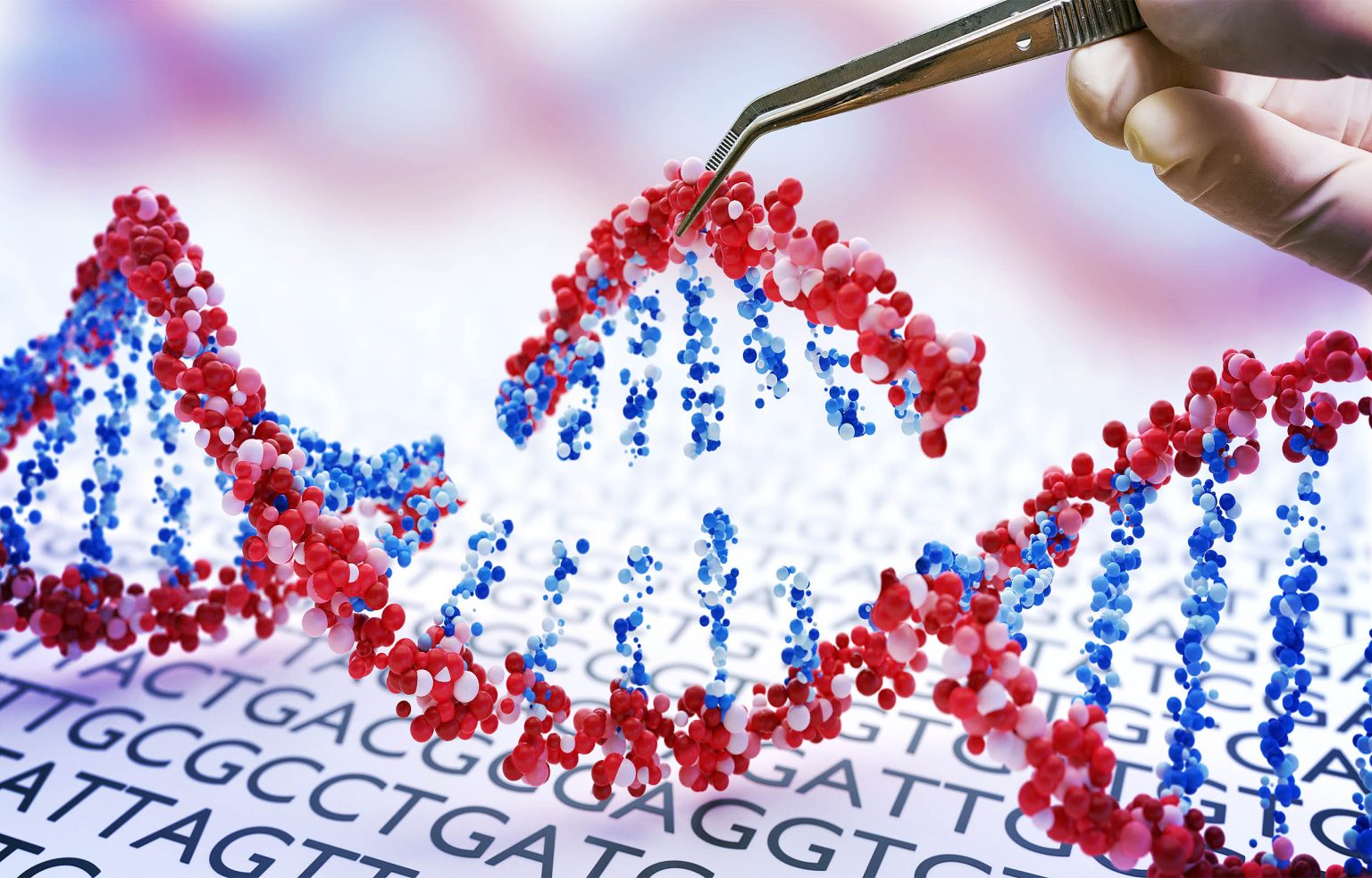In a major leap for genetic science, researchers in Japan have managed to do something once thought impossible. They’ve removed the extra chromosome responsible for Down syndrome in lab-grown human cells.
The breakthrough comes from a team at Mie University, where scientists used CRISPR-Cas9, a cutting-edge gene-editing tool, to target and eliminate the third copy of chromosome 21. That extra copy is what causes Down syndrome, a genetic condition that affects about 1 in every 800 babies born worldwide. It can lead to intellectual and physical disabilities with slower development.
What’s remarkable about this study is that once the extra chromosome was removed, the modified cells began to function more normally. They showed healthier gene expression and grew in ways that looked much more typical compared to unedited Down syndrome cells.
The findings were recently published in the journal PNAS Nexus, and while it’s far too early to talk about any kind of cure, the research opens up an exciting new avenue. Until now, treatment for Down syndrome has always been about managing symptoms from learning challenges to heart complications, but never the genetic root cause, according to the New York Post.
Still, scientists are moving carefully. Gene editing in humans is extremely complex and carries serious risks. Right now, all of this is happening only in a laboratory setting. Animal testing will help the researchers refine their technique and make sure it’s safe. Even then, we’re likely years away from any clinical trials involving real patients.
The idea that one day we might be able to not just treat but actually correct the underlying cause of conditions like Down syndrome is no longer science fiction; it’s a future that scientists are now starting to explore.


